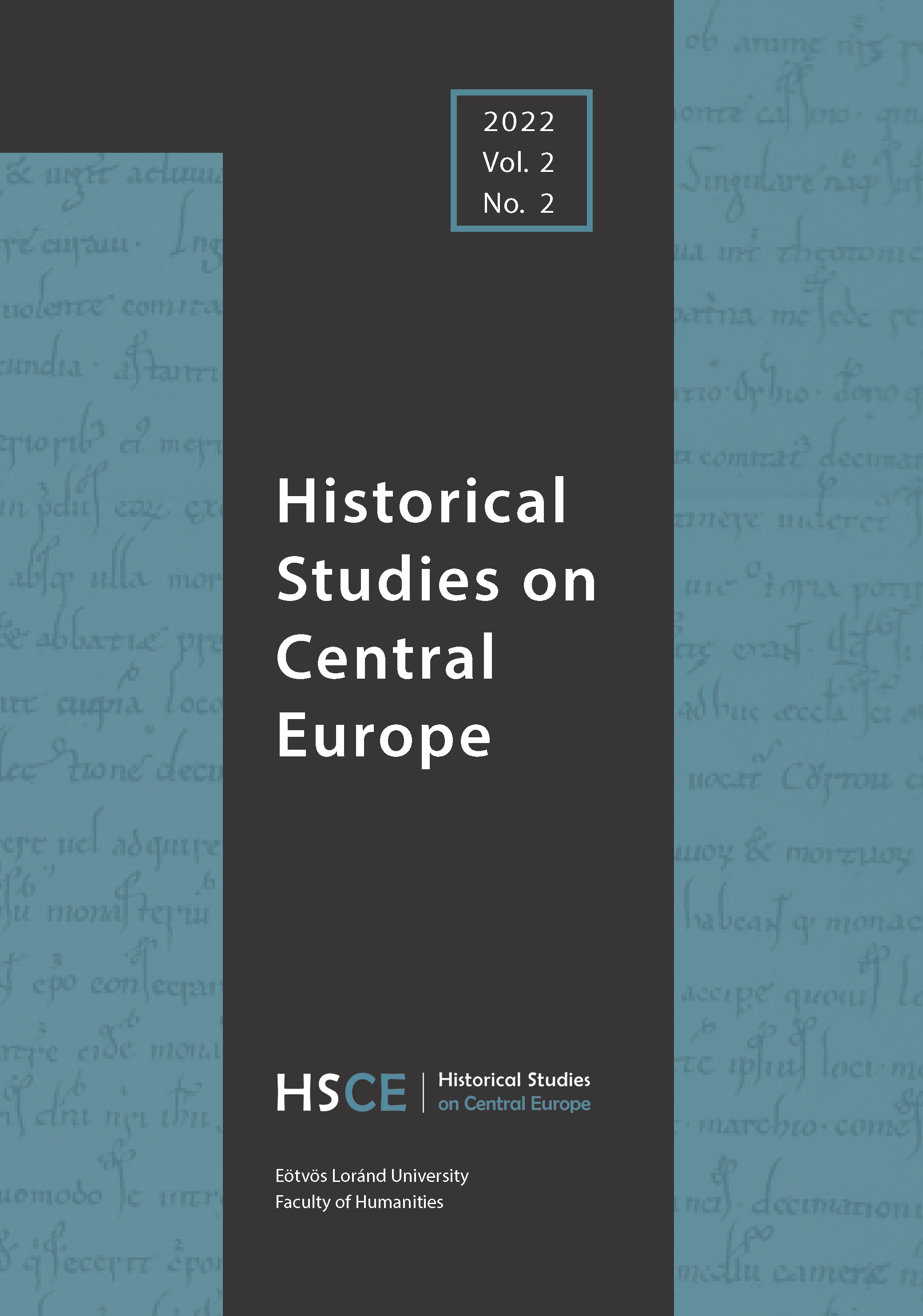Published 22-12-2022
How to Cite
Copyright (c) 2022 Florin Curta

This work is licensed under a Creative Commons Attribution-NonCommercial 4.0 International License.
Abstract
The article is both a survey of the literature since the publication in 1997 of Gottfried Schramm’s book, and a critical review of the conclusions drawn by the most recent research. The survey focuses onthe main theses put forward by Schramm (his famous eight theses on Romanian ethnogenesis) and the way they fared in the literature. His 1985 and 1986 articles, which formed the basis of the book’s fourth part have been translated into both Hungarian and Romanian. However, there has been very little, if any engagement with Schramm’s arguments, which are primarily, if not exclusively linguistic, and no retort came either from archaeologists or from historians. Much ink has been spilled on the political implications of his ‘eight theses’ for the presence of Romanians in Transylvania, but few have noted that the key to the understanding of Schramm’s viewpoint is his envisioning of the Slavic migration. The article brings to the fore the results of the archaeological excavations in the countries of the central Balkan region and in Romania (both north and south of the Carpathian Mountains) in an attempt to verify Schramm’s theory of a migration of Vlach pastoralists from the Balkans to the territory of present-day Romania. The last part of the paper discusses the episode of the Romanian immigration that appears in the so-called Cantacuzene Annals, the earliest chronicle of Wallachia.

